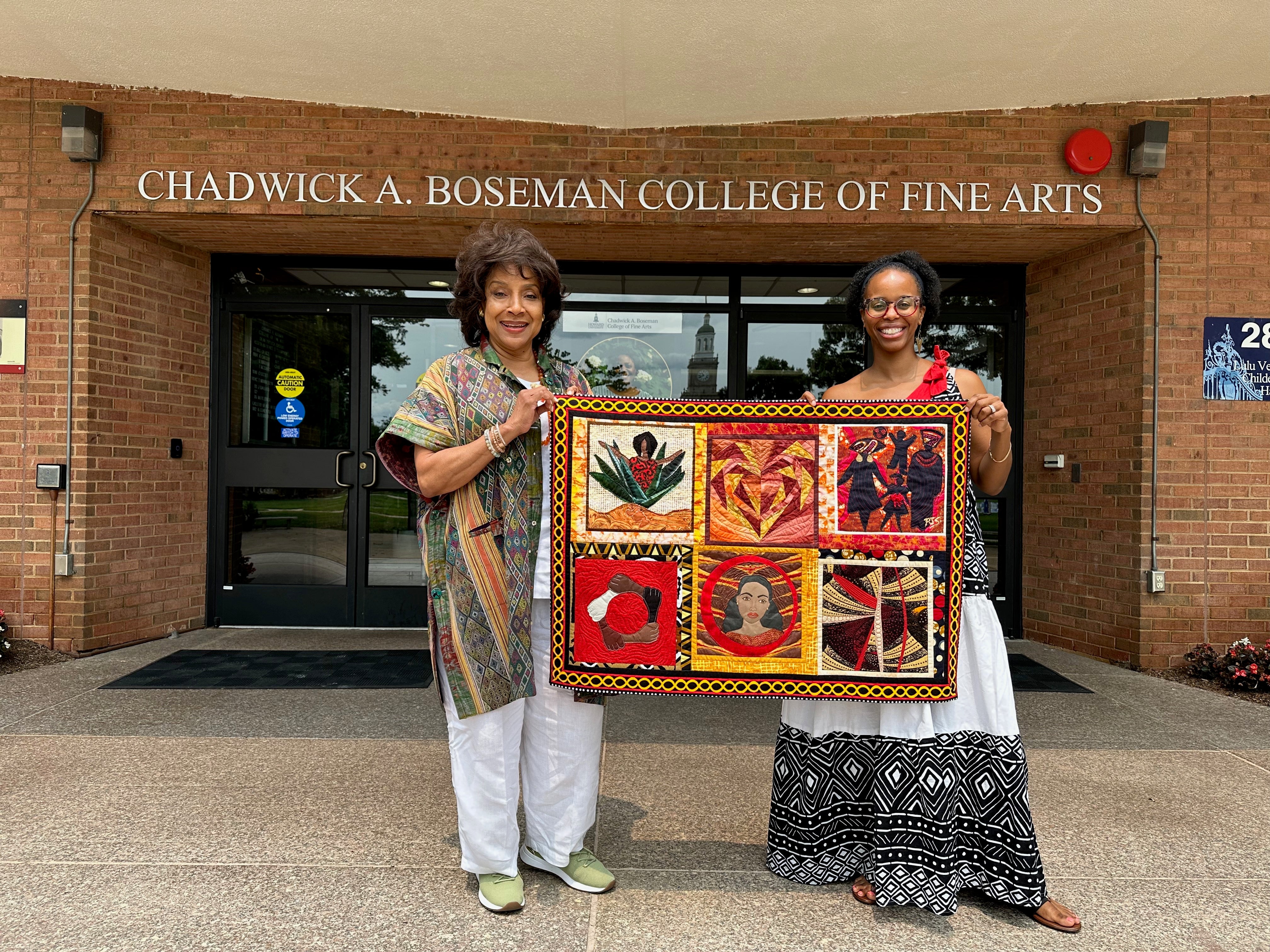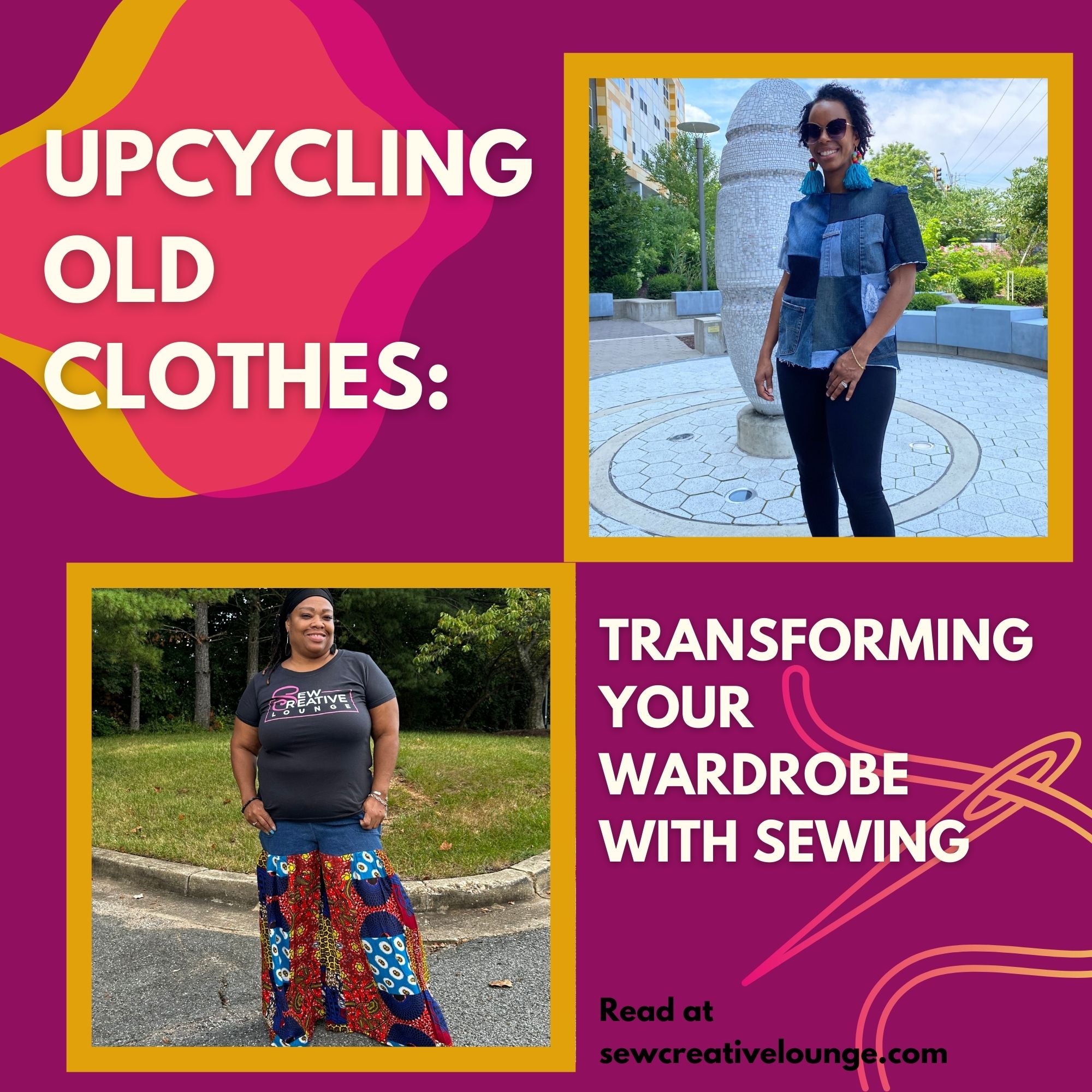
Choosing the Right Fabric for Your Sewing Projects: A Comprehensive Guide
Sewing is a wonderful and creative hobby, but one of the most critical factors that can make or break your sewing project is choosing the right fabric. The type of fabric you select determines not only the final look and feel of your creation but also how easy or challenging it is to work with. To help you make the best fabric choices for your sewing projects, we've put together a comprehensive guide. Let's dive in!
Consider Your Project
Before you start browsing through endless fabric options, it's crucial to consider the nature of your sewing project. Is it a lightweight summer dress, a cozy winter coat, or perhaps a durable tote bag? The intended use of your creation will dictate the type of fabric you should choose.
Fabric Types
1. Cotton: Cotton is one of the most versatile and widely used fabrics for sewing. It's breathable, comfortable, and comes in various weights, making it suitable for everything from quilts to casual wear.
2. Linen: Linen is perfect for warm-weather garments. It's lightweight and breathable, with a charming, natural texture. However, it tends to wrinkle easily.
3. Silk: Silk exudes luxury and is often chosen for special occasion garments. It's smooth, glossy, and drapes beautifully, but it can be delicate and challenging to work with.
4. Wool: Wool is a great choice for cold-weather clothing. It provides warmth and comes in different forms, such as wool crepe for dresses or wool suiting for tailored garments.
5. Denim: Denim is sturdy and durable, perfect for jeans, jackets, and bags. It can be challenging to sew due to its thickness, so a heavy-duty sewing machine might be necessary.
6. Knits: Knit fabrics are stretchy and comfortable, making them ideal for activewear, loungewear, and T-shirts. Be sure to use the right type of needle and sewing machine settings for knits.
Consider Fabric Weight
The weight of the fabric is another crucial factor. Fabrics are categorized into lightweight, medium-weight, and heavyweight. The weight you choose should align with your project's requirements.
- Lightweight fabrics like chiffon, organza, and voile are suitable for delicate and flowy creations.
- Medium-weight fabrics such as cotton twill, chambray, and linen blends work well for everyday wear.
- Heavyweight fabrics like canvas, denim, and wool coatings are better suited for outerwear and structured pieces.
Pay Attention to Fabric Content
Always check the fabric content on the label. This information will tell you what the fabric is made of and any care instructions. It's important to understand how the fabric will behave when washed and whether it will shrink.
Consider Pattern and Print
The pattern or print on a fabric can significantly impact the overall look of your project. For beginners, solid colors or simple prints are easier to work with as they don't require pattern matching. More intricate patterns may require more advanced sewing skills.
Test Before You Cut
Before you start cutting into your chosen fabric, it's a good idea to make a test swatch. This allows you to test your sewing machine settings, stitch length, and thread tension on a small piece of the fabric, ensuring that your final project turns out as expected.
Conclusion
Choosing the right fabric is a crucial step in any sewing project. By considering your project's purpose, the type of fabric, weight, content, and pattern, you can ensure that your creations turn out just the way you envisioned. Remember, practice makes perfect, so don't be afraid to experiment with different fabrics to expand your sewing skills and create unique, beautiful pieces. Happy sewing!
Consider Your Project
Before you start browsing through endless fabric options, it's crucial to consider the nature of your sewing project. Is it a lightweight summer dress, a cozy winter coat, or perhaps a durable tote bag? The intended use of your creation will dictate the type of fabric you should choose.
Fabric Types
1. Cotton: Cotton is one of the most versatile and widely used fabrics for sewing. It's breathable, comfortable, and comes in various weights, making it suitable for everything from quilts to casual wear.
2. Linen: Linen is perfect for warm-weather garments. It's lightweight and breathable, with a charming, natural texture. However, it tends to wrinkle easily.
3. Silk: Silk exudes luxury and is often chosen for special occasion garments. It's smooth, glossy, and drapes beautifully, but it can be delicate and challenging to work with.
4. Wool: Wool is a great choice for cold-weather clothing. It provides warmth and comes in different forms, such as wool crepe for dresses or wool suiting for tailored garments.
5. Denim: Denim is sturdy and durable, perfect for jeans, jackets, and bags. It can be challenging to sew due to its thickness, so a heavy-duty sewing machine might be necessary.
6. Knits: Knit fabrics are stretchy and comfortable, making them ideal for activewear, loungewear, and T-shirts. Be sure to use the right type of needle and sewing machine settings for knits.
Consider Fabric Weight
The weight of the fabric is another crucial factor. Fabrics are categorized into lightweight, medium-weight, and heavyweight. The weight you choose should align with your project's requirements.
- Lightweight fabrics like chiffon, organza, and voile are suitable for delicate and flowy creations.
- Medium-weight fabrics such as cotton twill, chambray, and linen blends work well for everyday wear.
- Heavyweight fabrics like canvas, denim, and wool coatings are better suited for outerwear and structured pieces.
Pay Attention to Fabric Content
Always check the fabric content on the label. This information will tell you what the fabric is made of and any care instructions. It's important to understand how the fabric will behave when washed and whether it will shrink.
Consider Pattern and Print
The pattern or print on a fabric can significantly impact the overall look of your project. For beginners, solid colors or simple prints are easier to work with as they don't require pattern matching. More intricate patterns may require more advanced sewing skills.
Test Before You Cut
Before you start cutting into your chosen fabric, it's a good idea to make a test swatch. This allows you to test your sewing machine settings, stitch length, and thread tension on a small piece of the fabric, ensuring that your final project turns out as expected.
Conclusion
Choosing the right fabric is a crucial step in any sewing project. By considering your project's purpose, the type of fabric, weight, content, and pattern, you can ensure that your creations turn out just the way you envisioned. Remember, practice makes perfect, so don't be afraid to experiment with different fabrics to expand your sewing skills and create unique, beautiful pieces. Happy sewing!



10 comments
This article was very informative and helpful. I now have a better understanding fabric selection. Previously I just went by what design I like to sew with, now I can design and sew with more purpose.
Thank you Alyla.
Dee Elder
Dee
This article was very informative and helpful. I now have a better understanding fabric selection. Previously I just went by what design I like to sew with, now I can design and sew with more purpose.
Thank you Alyla.
Dee Elder
Dee
This article was very informative and helpful. I now have a better understanding fabric selection. Previously I just went by what design I like to sew with, now I can design and sew with more purpose.
Thank you Alyla.
Dee Elder
Dee
Thank you so much for this important and oh so helpful, and useful mini training. I appreciate you SCL❣️
Pamala Hicklin
Very helpful. I am starting from the beginner’s frame of mind. I do not know what setting to start from on the machine. Is their a general rule for all fabrics from light to heavier weight ? ?
Ayesha Sandy
Thanks you for the informative article. I will look forward to more of these along the way.
Trudy Cobb Dennard
Great information. It is clear and concise. Thank you 👍🏽
Lydia HOUSTON
Great advice!!
Traci L.
Great information a lot of the time we pick based on what appeals to the eye not taking into consideration what the finished product will look like. Just our vision of how we want it to look
Vernice Barmore
Excellent guide, thank you
Cynthia Alston
Leave a comment
This site is protected by hCaptcha and the hCaptcha Privacy Policy and Terms of Service apply.